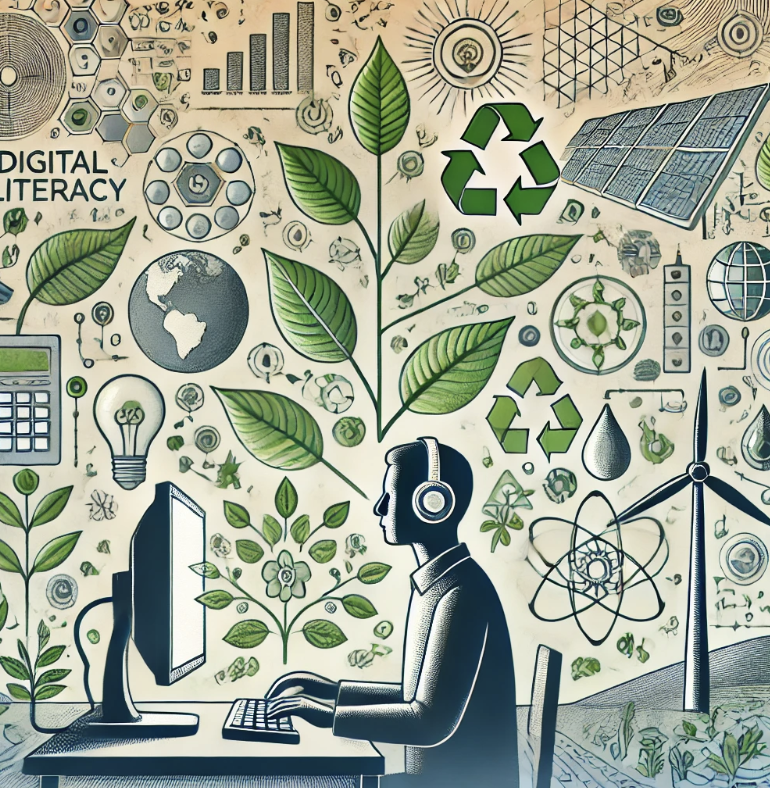Do you want to learn more about GNET ?
Click on the button below and download the guidelines for moderators to host debates.

In a world where screens dominate our daily interactions, it’s easy to overlook the environmental footprint of our digital habits. From streaming videos to sending emails, every online action contributes to the emission of greenhouse gases, primarily carbon dioxide (CO2). A recent article sheds light on the hidden costs of our digital connectivity and offers insights into how we can mitigate our impact on the planet.
As technology continues to advance, so does our reliance on digital devices. While these devices offer unparalleled convenience and connectivity, they also come with a significant environmental cost. The electricity required to power our smartphones, tablets, and computers often comes from sources that emit CO2 into the atmosphere, contributing to climate change.
One of the key findings highlighted in the article is the disparity in carbon emissions across different online activities. For example, streaming videos and scrolling through social media platforms like TikTok are particularly carbon-intensive due to the data processing and server infrastructure involved. In contrast, text-based activities such as sending emails have a comparatively lower carbon footprint.
Moreover, the size and sophistication of our devices also play a role in their emissions. Larger screens and “smart” devices, which are connected to the internet, consume more energy and resources, further exacerbating their environmental impact.
While the statistics may seem daunting, there are practical steps that individuals and communities can take to reduce their digital carbon footprint. By being mindful of our online activities and opting for more energy-efficient practices, we can collectively make a difference.
For instance, choosing to stream videos in standard definition rather than high definition can significantly reduce data consumption and associated emissions. Similarly, minimizing unnecessary emails and opting for text-based communication when possible can help lower our carbon output.
Furthermore, advocating for renewable energy sources to power data centers and adopting energy-efficient technologies are crucial steps in decarbonizing the digital infrastructure.
Ultimately, addressing the environmental impact of our digital lives requires a collective effort from both consumers and technology companies. By raising awareness about the carbon footprint of our online activities and implementing sustainable practices, we can harness the power of technology while minimizing its harm to the planet.
In conclusion, as we navigate the digital landscape, let us remain mindful of our environmental responsibilities. By making informed choices and embracing sustainable practices, we can pave the way for a greener and more sustainable future for generations to come.
SOURCE: https://www.snexplores.org/article/green-online-life-digital-carbon-footprint
You must be logged in to post a comment.








Click on the button below and download the guidelines for moderators to host debates.
Spot on about the hidden costs of our digital world! Those TikTok binges hit harder than I thought.
Love the practical tips – standard definition streaming and fewer emails are easy switches. Definitely going to be more mindful!
Totally agree about tech companies needing to step up with renewables and efficient devices.
This is a shared responsibility for sure. Maybe a fun challenge to see who can reduce their digital footprint the most?
Very interesting information!
This article sheds light on the environmental impact of our digital habits. Streaming videos and social media use emit significant CO2 due to the energy required for data processing and server infrastructure.
To reduce our digital carbon footprint, we can stream in standard definition, minimize unnecessary emails, and support renewable energy for data centers. By being mindful of our online activities and embracing sustainable practices, we can enjoy technology while protecting the planet.